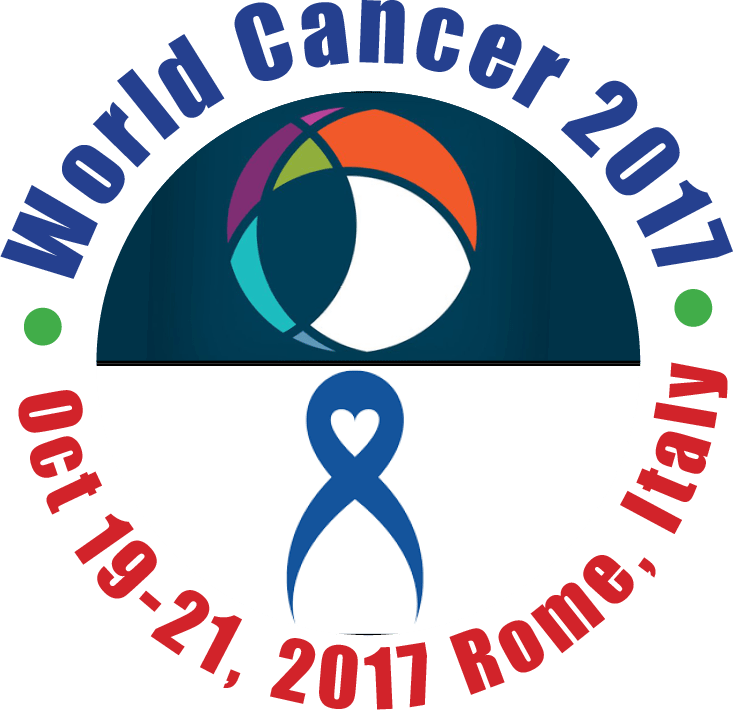
Chiara Ruggirello
Leipzig University, Germany
Title: Shuttle system for hyperthermia tumor treatment
Biography
Biography: Chiara Ruggirello
Abstract
Nowadays cancer is one of the leading causes of death in Europe. Major challenges in the management of the disease are due to the lack of agents used for early diagnosis and associated with severe and often therapy-limiting side effects. Although chemotherapeutics can kill neoplastic cells, they also will induce toxicity in non-neoplastic tissues. Therefore, new approaches are necessary with the purpose of optimizing anticancer therapy. Among new experimental approaches, the magnetic particle hyperthermia has been suggested. Hyperthermia, as anticancer therapy, has been proposed since the 1970s, but it has still not established in clinical routine owing to the inability in focusing the heat only to the intended region without damaging the surrounding healthy tissue. By contrast, the so-called magnetic particle hyperthermia has the potential to address this shortcoming. Magnetic nanoparticles (NPs) may be made to accumulate exclusively in tumor tissue. Nevertheless, the only use of NPs is not enough for reducing side effects, they could in fact distribute randomly in the body, causing several adverse effects to non-neoplastic tissues. To develop directed particles, the NP have been coated with peptides, known to deliver the NP to cancer cells selectively. These magnetic NPs, when exposed to Alternating Magnetic Fields (AMF), can generate heat due to hysteresis loss. This behavior may be exploited for treating cancer, revolutionizing the existing hyperthermia procedures. Cancer cells when exposed to elevated temperatures are more sensible to chemotherapeutics and radiations, therefore, hyperthermia can also be associated to chemotherapy and radiotherapy boosting their effect.

